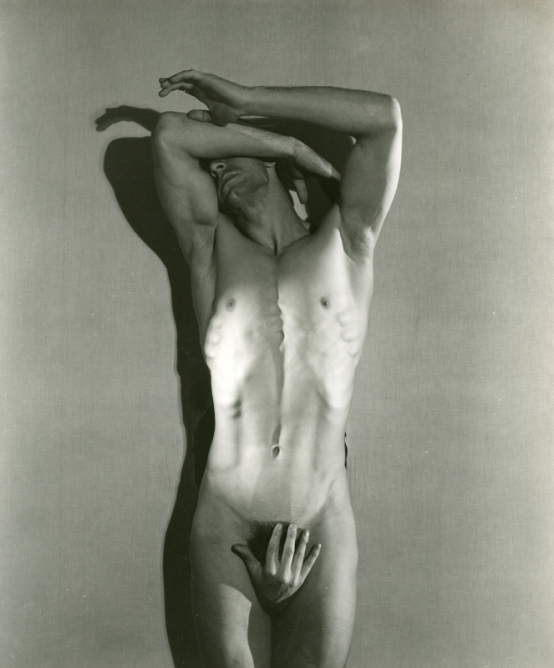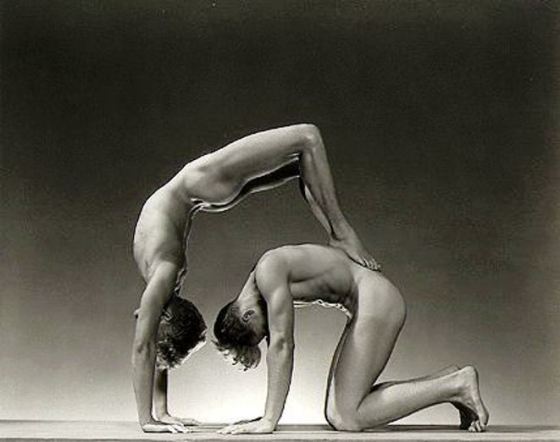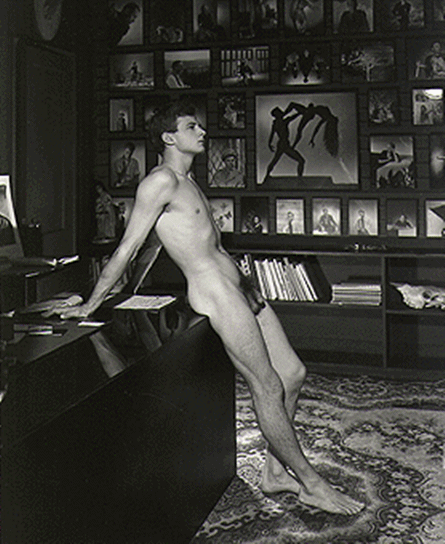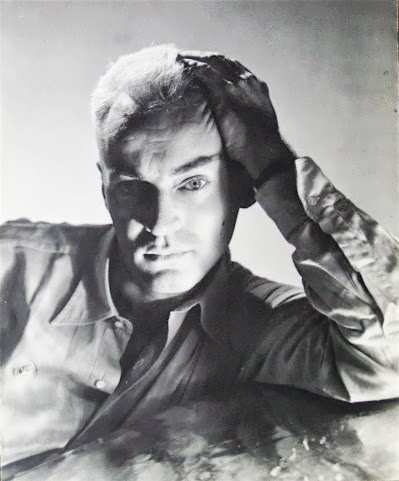
Mann gegen Mann (Man against Man) is a song from the German band Rammstein. This song was released in March of 2006, and was the third and final single from Rammstein’s album, Rosenrot. The song portrays a man with strong, repressed homosexual desires, and it is the first Rammstein music video to have nudity since the music video for their cover of Depeche Mode‘s Stripped, and it is the second track on Rosenrot. Mecano‘s Mujer contra mujer (Woman against woman) was a source of inspiration for Rammstein.
Destiny smiled on me
and gave me a present
Threw me on a warm star [1]
So close to the skin, so far from the eye
I take my destiny in my own hands
My desire is manned
Where the fresh water dies
because it taints itself in salt
I keep the Little Prince in mind
A king without a queen
When a woman is mistaken about me
then the bright world is confused
Man against man
My skin belongs to the gentlemen
Man against man
Birds of a feather flock together
Man against man
I am the servant of two masters
Man against man
Birds of a feather flock together
I am the corner of all rooms
I am the shadow of all trees
No link is missing in my chain [2]
when lust pulls from behind
My family calls me a traitor [3]
I am the nightmare of all fathers
Man against man
My skin belongs to the gentlemen
Man against man
Birds of a feather flock together
Man against man
But my heart freezes on some days
Man against man
Cold tongues that beat there
Gay-ah [4]
I’m not interested in balance
The sun shines in my face
But my heart freezes on some days
Cold tongues that beat there
Gay-ah
Man gayfor man [5]
[1] “Warm” means the same as the English word “warm”, but also is slang for “homosexual”. Thus, the star is either warm or gay, or both.
[2] “Glied” can mean both “link” (of a chain) and “member” – that is, “penis”.
[3] “Geschlecht” can mean many things: “sex”, “gender”, “family”, “house”, “generation”, etc. It can also be short for “Geschlechtsteil” which means “genitals”.
[4] The screaming (“Ah”) has been combined with “Schwuler” to make “Schwulah”. That, or it’s similar to “playa” as opposed to “player”, just changing the ending to sound “hip”.
[5] Gegen and “gay gen” sound the same. The former means “against”, the latter “gay for”.
To watch the music video, please take a gander at The Genealogy of Style’s Facebook page: https://www.facebook.com/pages/The-Genealogy-of-Style/597542157001228?ref=hl
 Lisa Fonssagrives seated on Lips sofa (designed by Salvador Dali, and inspired by Mae West’s lips) photo by George Platt Lynes, 1937
Lisa Fonssagrives seated on Lips sofa (designed by Salvador Dali, and inspired by Mae West’s lips) photo by George Platt Lynes, 1937

































